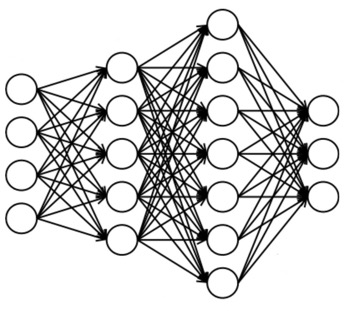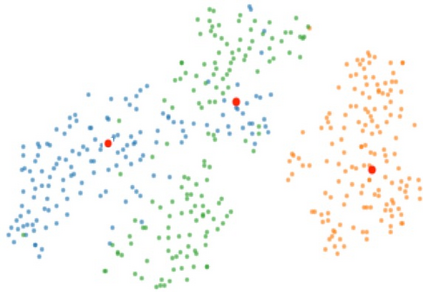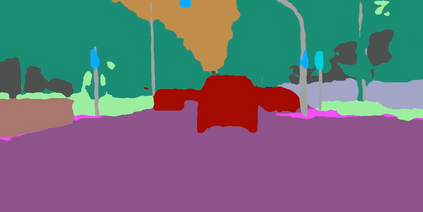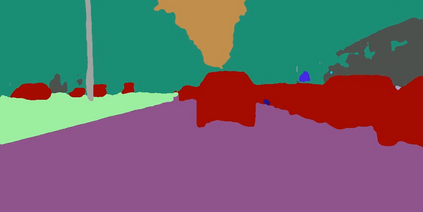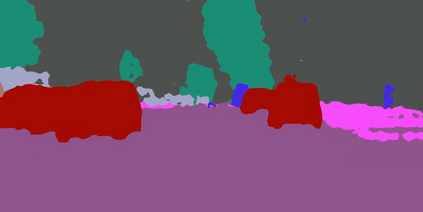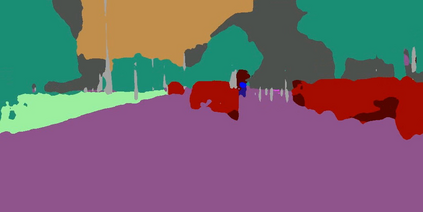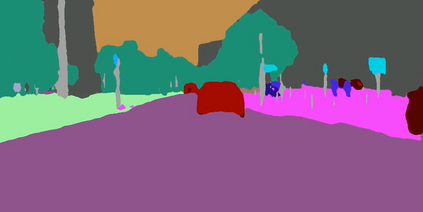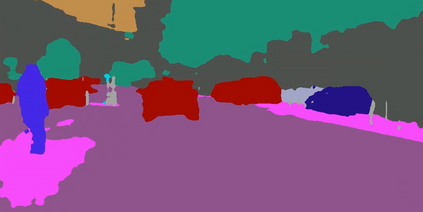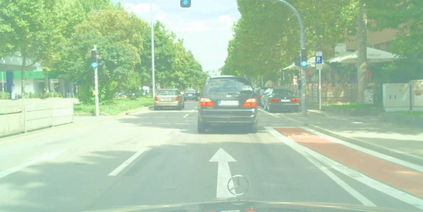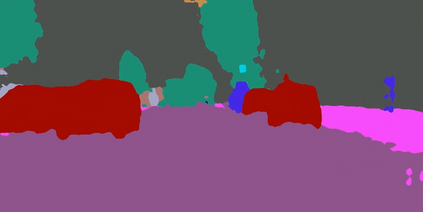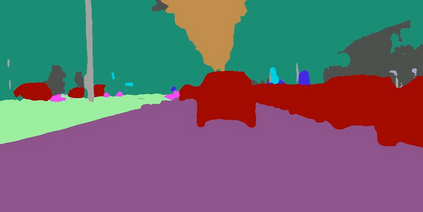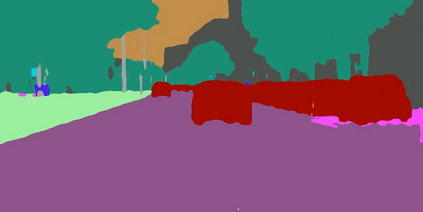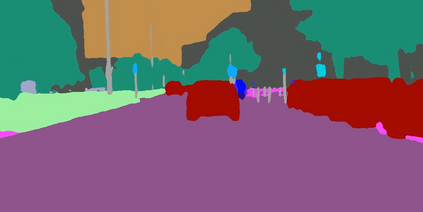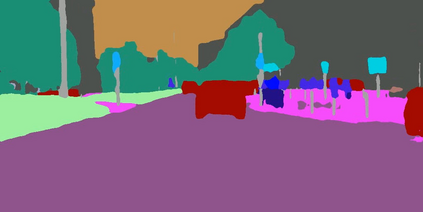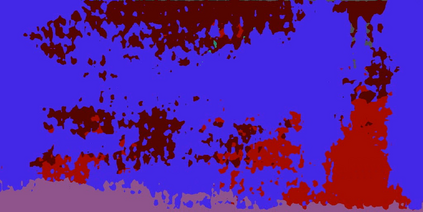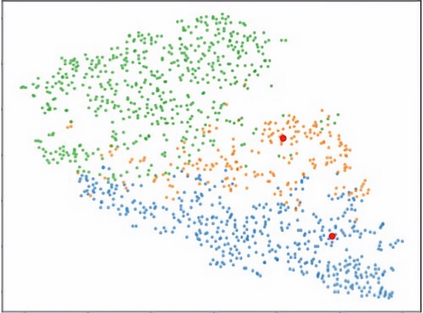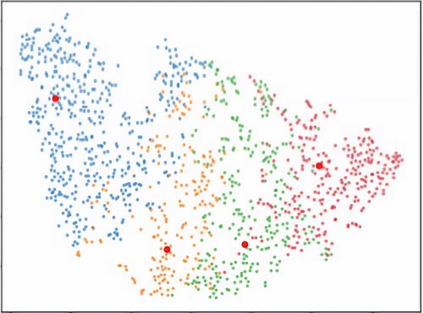Test-time adaptation (TTA), a key component of lifelong learning in edge devices, refers to the ability of a pre-trained model to adapt itself to new environments during test time. Due to its practical ability, TTA has attracted significant attention and experienced a rapid performance boost these days. In this paper, we present an under-explored yet more realistic TTA scenario and provide a strong baseline favorable to this scenario, named cyclical compound domain (CCD). The CCD represents the real-world scenario in which the target domain contains multiple sub-target domains (i.e., compound domain due to weather or time change) and the sub-target domains are likely to rise cyclically. Unfortunately, existing works do not faithfully account for this plausible scenario, only focusing on adapting to the current sub-target domain while discarding the past knowledge acquired from repeated sub-target domains. Therefore, we first propose a lightweight domain-matching algorithm that allows the TTA model to manage knowledge from the compound domain. This algorithm identifies the type of domain among sub-target domains by continuously matching the current image's distribution with reference domain points. Moreover, our newly proposed regularization method compares the present distribution with source one in order to regularize the adaptation pace according to each data in sub-target domains. Qualitatively, we demonstrate that our simple-yet-effective approach improves the adaptation performance on various benchmarks, including image classification on ImageNet-C and semantic segmentation on GTA5, C-driving datasets, and Cityscapes with corruptions.
翻译:测试时间适应(TTA)是边缘设备中终身学习的关键组成部分,指预训练模型在测试时间内适应新环境的能力。由于其实用性,TTA近年来吸引了大量关注,并取得了快速的性能提升。在本文中,我们提出了一个未经充分探索但更为实际的TTA场景,并提供了一个对这种情况有利的强大基准,称为循环复合域(CCD)。CCD表示目标域包含多个子目标域(即由于天气或时间变化而产生的复合域),并且子目标域很可能会周期性地增加。不幸的是,现有的工作并没有充分考虑这种情况,只关注于适应当前的子目标域,而忽略了从重复的子目标域中获取的过去知识。因此,我们首先提出了一种轻量级的域匹配算法,允许TTA模型管理从复合域中获取的知识。该算法通过不断将当前图像的分布与参考域点匹配来识别子目标域之间的域类型。此外,我们新提出的正则化方法通过将现在的分布与源分布进行比较,以便根据子目标域中的每个数据来规范适应速度。在质量上,我们证明了我们简单而有效的方法在各种基准测试中改善了适应性能,包括在ImageNet-C上进行的图像分类和在GTA5、C-driving数据集和Cityscapes上进行的语义分割中的扰动。
相关内容
Source: Apple - iOS 8




